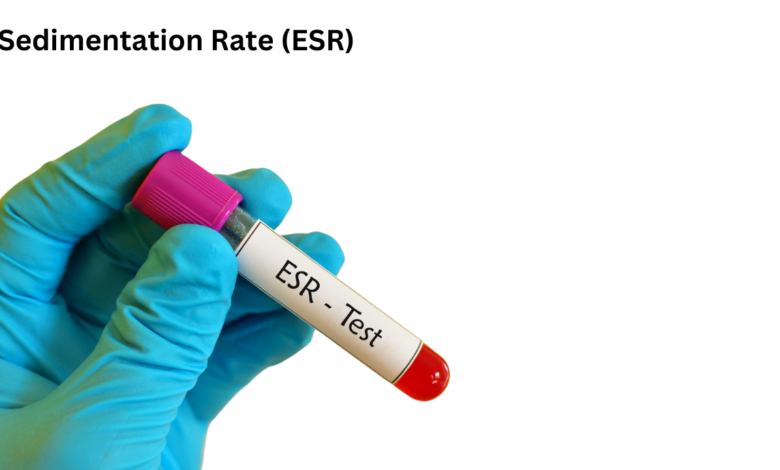Sedimentation Rate (ESR): To check for inflammation.
Elevated ESR: Causes and Implications

Why Sedimentation Rate (ESR) is required ?
A sedimentation rate (ESR) test is a blood test used to measure the rate at which red blood cells settle to the bottom of a test tube over a period of time. A higher ESR can indicate inflammation in the body.
Which are the method of Sedimentation Rate (ESR) ?
ESR tests are often used to:
- Detect inflammation: Elevated ESR levels can suggest the presence of inflammation in the body, which may be a sign of an infection, autoimmune disease, or other health condition.
- Monitor inflammation: ESR levels can be monitored over time to track the progress of an inflammatory condition or the effectiveness of treatment.
- Assess the severity of inflammation: A higher ESR level may indicate a more severe inflammatory process.
Who should go for Sedimentation Rate (ESR) ?
There are two main methods used for ESR testing:
- Westergren method: This method uses a tall, narrow test tube and measures the distance that red blood cells settle in one hour.
- Westergren micromethod: This method uses a shorter test tube and measures the distance that red blood cells settle in 30 minutes.
What are the result of the Sedimentation Rate (ESR)?
ESR tests are often recommended for individuals who are experiencing symptoms of inflammation, such as fever, fatigue, or joint pain. They may also be used to monitor the progress of an inflammatory condition or to assess the risk of certain diseases.
What are the component of the Sedimentation Rate (ESR) ?
The results of an ESR test are typically expressed in millimeters per hour (mm/h). A normal ESR level varies depending on age, gender, and laboratory method. However, a higher ESR level can indicate inflammation in the body.





